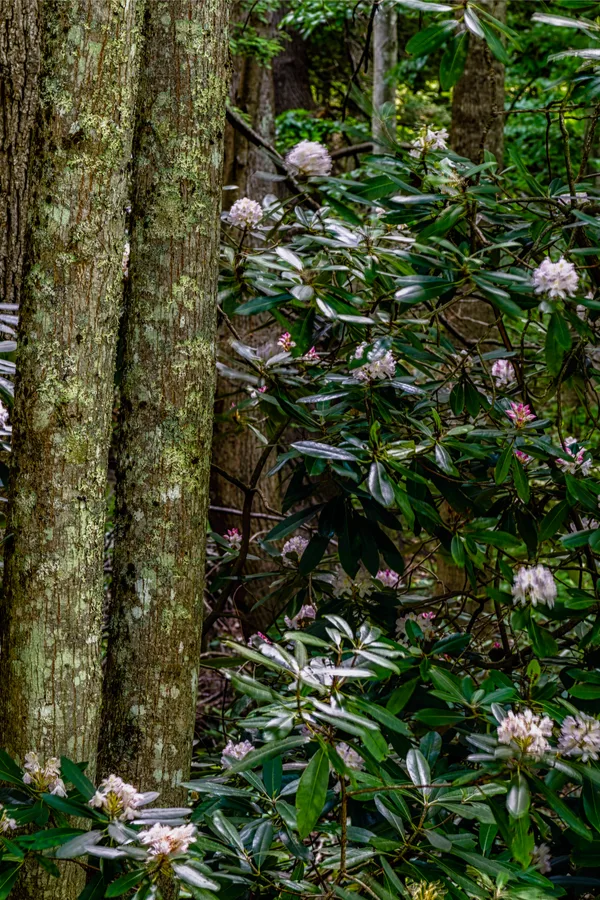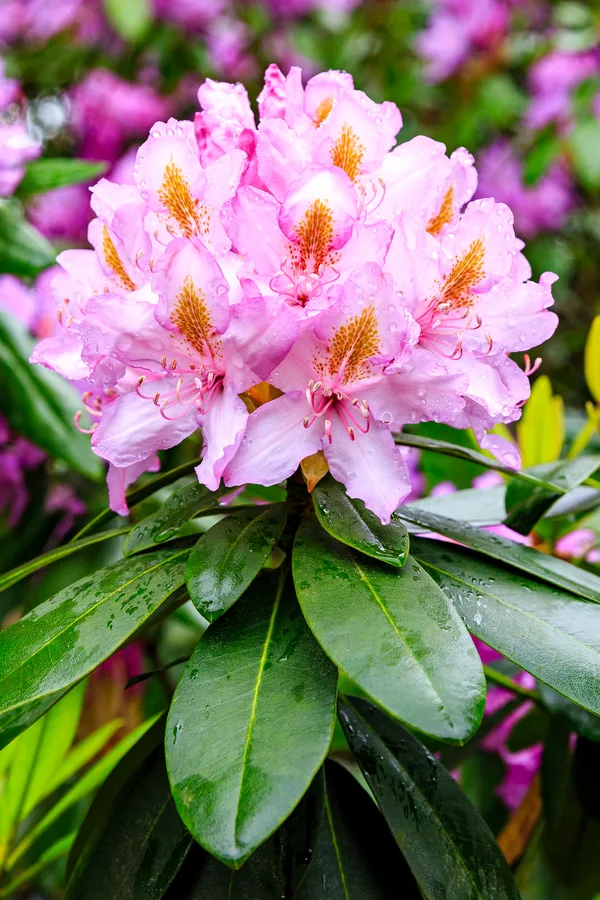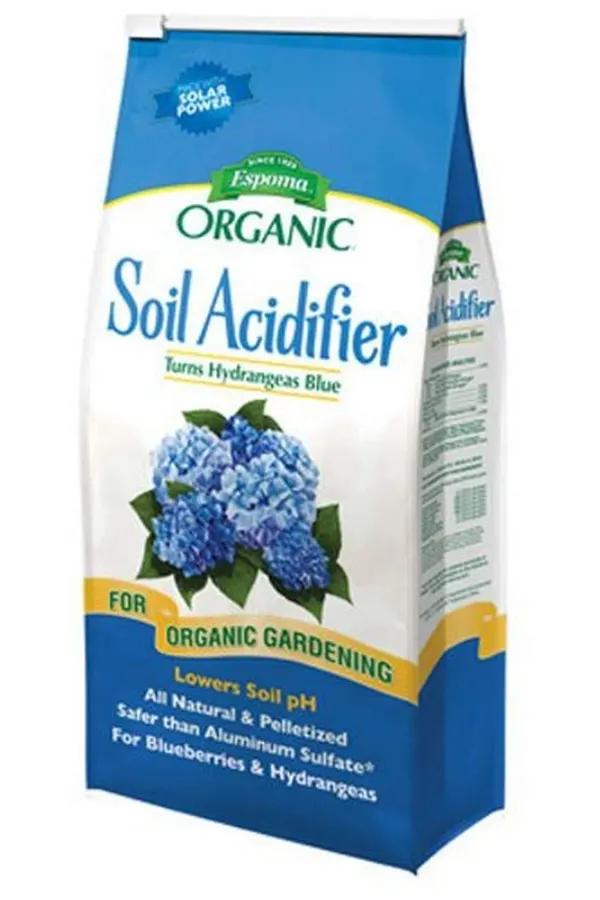When it comes to getting your rhododendrons to blooms big and bright year after year, a few simple tips can make all the difference between a bush that overflows with flowers, or one that struggles to produce any color at all.
Rhododendrons are a popular shrub for home landscapes. With their glossy foliage and sturdy branch structure, they can add interest and form to any landscape.
But it is their big, beautiful blooms that really steal the show! With varieties that flower in shades of pink, white, red, purple, blue, lavender orange or yellow, they can light up a flowerbed with an intensity that is hard to match.

Just like their closely related family member the azalea, most rhododendron varieties bloom in the spring. Although there are a few unique varieties that will bloom in late summer and even into early fall, it is the spring blooming rhododendrons that are by far the most popular to grow.
But for many gardeners, getting their rhododendrons to produce those gorgeous spring blooms can be a challenge. The good news? With just a few simple tips and adjustments, the problem is usually quite easy to solve.
With that in mind, here is a look at how to get the most from your rhododendrons, including getting them to flower like crazy!
How To Get Rhododendrons To Bloom Better – 5 Simple Secrets To Success
#1) Location
One of the biggest reasons rhododendrons fail to bloom is that they are simply planted in the wrong location.
In their natural setting, rhododendrons grow at the edge of forests, wooded lots and tree lines. The partial shade of a forest’s edge gives them the perfect amount of sunlight they need for healthy growth. And even more, the ideal conditions for big blooms.

To give your rhododendron the best chance for health and blooms, it needs to mimic a similar exposure to the sun. For best results, locate rhododendrons where they will receive around 4 hours of full sunlight each day. But when they receive those rays of sunlight is also important as well.
As a shade tolerant and loving plant, rhododendrons struggle with mid-day sun. Unfortunately, afternoon sunlight is too intense, bright and hot for them to handle. Instead, try to locate your rhododendron for morning sun (best choice) or evening sun.
Morning sun is best as it helps to dry off the plant from dew. It also tends to be the coolest light of all. Evening sun is a good second choice, and will still help plants to bloom better over mid-day sun. But whatever you do, avoid planting where they get hot, mid-day sunlight.
#2) Soil – How To Get Rhododendrons To Bloom Better
Just as important as where you plant your rhododendron is the soil you plant it in. In fact, if you simply get the location and soil make-up correct, you are almost guaranteed to have your bush bloom!

Rhododendrons are acid loving plants, and they can and will struggle to bloom when not planted in a soil medium that is slightly on the acidic side. For best flowering and health, the soil should have a PH range of 5.0 to 6.0.
The only real way to know your soil’s PH is to test it. But don’t worry, it doesn’t require expensive tests or a long wait. You can actually use an inexpensive PH probe to test your soil’s acidity instantly. At less than $20, they are actually a great tool to have on hand!
Existing Bushes vs. New Plantings
If you have an existing rhododendron and the soil is not acidic enough, you can use soil acidifier to increase the soil’s PH. Mulching the shrub with pine needles can also help to acidify the soil over time as well.
If planting into a new location, first check the PH and adjust accordingly with soil amendments to lower the soil’s PH into the 5.0 to 6. 0 range. The best choice for an amendment would again be a soil acidifier. Product Link: Espoma PH Soil Acidifier
When it comes to the soil’s make-up, rhododendrons need rich, loose and fertile soil to grow strong and healthy. Adding compost to the soil will help tremendously as it adds both nutrients and structure to the soil.
For established plants, work in 3 to 4 inches of compost in the early spring to the upper level of soil to help improve the nutrient levels. When planting a new shrub, amend the soil with at a 1 to 5 ratio of compost to soil.
#3) Fertilizing – How To Get Rhododendrons To Bloom Better
Fertilizing can play an important part in getting your rhododendrons to produce bigger and better blooms. But when and how you fertilize makes all the difference!
When growing in fertile, acidic soil, rhododendrons do not require a lot of additional nutrients. With that said, most home landscapes do not have the ideal conditions from the start, and that is where supplemental fertilizing can greatly improve flower counts and intensity.
Rhododendrons should be lightly fertilized in the early spring with a slow release acid-toning fertilizer. Do not over apply fertilizer, as it can actually decrease blooms. It is best to always use the recommended dose on the fertilizer package.
You can apply one more dose right after the bush completes its bloom cycle, but then cease all fertilizing. The additional boost after blooming will help the plant store reserves for next year’s blooms.
Unfortunately, fertilizing after that can create tender growth that leaves the plant susceptible to winter damage

#4) Deadheading & Pruning – How To Get Rhododendrons To Bloom Better
What you do after your rhododendron blooms will play a pivotal role in next year’s blooms.
For starters, you can help your plant to store more energy by removing spent blooms from the bush as it completes its bloom cycle. This process is known as deadheading, and helps to keep the plant from wasting resources on old blooms.
Deadhead the flowers once the petals begin to fail and decay. You can cut the flower stem off with pruners, or simply snap it off with your fingers. Cut or pinch the stem back to the first set of leaves.
If you need to slightly prune or shape your rhododendron, the time to do it is just as it is finishing its bloom cycle. In general, rhododendrons do not require much in the way of pruning. In fact, it is best to simply shape them up a bit and leave them be.
Rhododendrons set their blooms for the following year on the growth from the previous season. By pruning right as they finish blooming, you allow the plant time to still grow new shoots to bloom on next season.
One of the biggest mistakes gardeners make with Rhododendrons is to prune them too late. Not only can it leave the plant weak for winter, it can also eliminate all of the next year’s blooms!
Here is to giving your rhododendrons the best care possible, and to getting bigger and better blooms with each passing year! Happy Gardening, Jim and Mary.
Jim and Mary Competti have been writing gardening, DIY and recipe articles and books for over 15 years from their 46 acre Ohio farm. The two are frequent speakers on all things gardening and love to travel in their spare time.
As always, feel free to email us at thefarm@owgarden.com with comments, questions, or to simply say hello! You can sign up for our free email list in the subscribe now box in the middle of this article. Follow us on Facebook here : OWG Facebook. This article may contain affiliate links.

